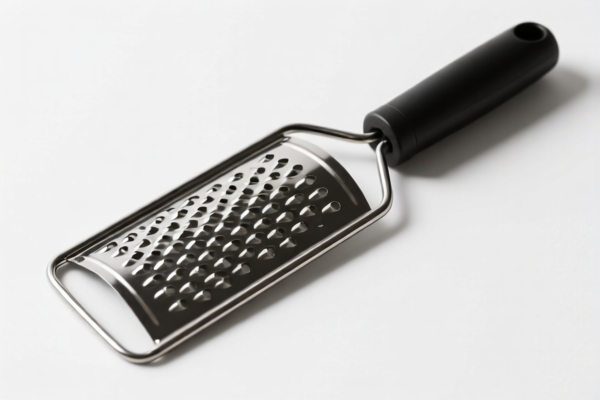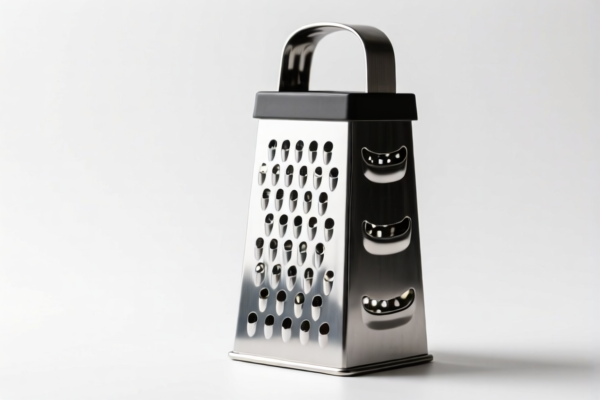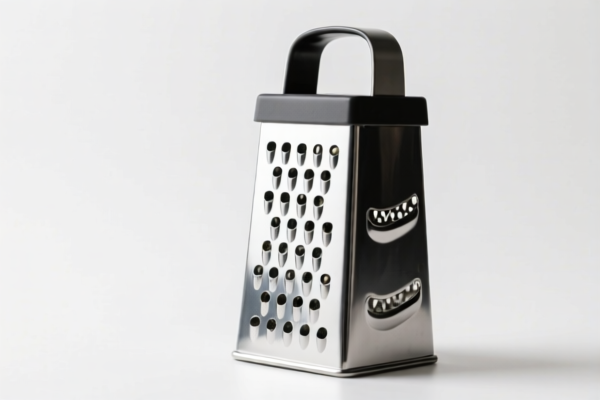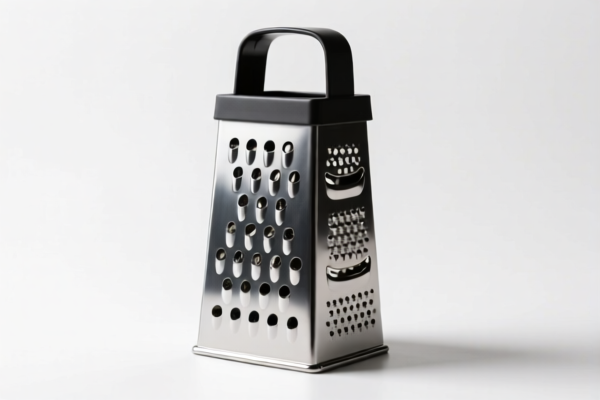| HS Code | Official Doc | Tariff Rate | Origin | Destination | Effective Date |
|---|---|---|---|---|---|
| 6911108010 | Doc | 58.3% | CN | US | 2025-05-12 |
| 6911108090 | Doc | 58.3% | CN | US | 2025-05-12 |
| 6912005000 | Doc | 36.0% | CN | US | 2025-05-12 |
| 6912004810 | Doc | 39.8% | CN | US | 2025-05-12 |
| 8205517500 | Doc | 58.7% | CN | US | 2025-05-12 |
| 8206000000 | Doc | The rate of duty applicable to that article in the set subject t+30.0% | CN | US | 2025-05-12 |
| 8214909000 | Doc | 1.4¢ each + 3.2%+30.0% | CN | US | 2025-05-12 |
| 3924104000 | Doc | 33.4% | CN | US | 2025-05-12 |
| 3924905650 | Doc | 40.9% | CN | US | 2025-05-12 |




Ceramic Grater
A ceramic grater is a kitchen tool used for rasping or shredding food items. It utilizes a hardened ceramic material for its grating surface, offering distinct properties compared to graters made from other materials like stainless steel.
Material
The primary component of a ceramic grater is, as the name suggests, ceramic. Typically, this is a dense alumina ceramic known for its hardness and resistance to corrosion. Some models may incorporate a plastic or wood frame for ease of handling.
Purpose
Ceramic graters are employed for a variety of food preparation tasks including:
- Shredding: Cheese (hard cheeses like Parmesan, Pecorino Romano are particularly suited)
- Rasping: Citrus zest (lemon, lime, orange)
- Grating: Spices (nutmeg, ginger), garlic, chocolate, vegetables (carrots, potatoes)
- Microplaning: Creating very fine shreds for garnishes or flavor infusions.
Function
The functionality stems from the ceramic’s abrasive surface. When food is pressed against the grater and moved across it, the ceramic teeth remove small portions of the food, creating shreds or raspings. The hardness of ceramic allows for very fine grating, producing a fluffy texture often preferred for cheese.
Usage Scenarios
- Home Kitchens: Common for everyday cooking and baking.
- Restaurants: Used for finishing dishes with fresh zest or grating cheese tableside.
- Baking: Ideal for zesting citrus fruits for cakes, cookies, and other desserts.
- Garnishing: Creating fine shreds of ingredients for visual appeal and flavor.
Common Types
- Flat/Paddle Graters: Rectangular shape, suitable for zesting and microplaning. Often have a handle or ergonomic grip.
- Cylinder/Rotary Graters: Feature a rotating ceramic drum with grating teeth. Food is pushed against the drum to produce shreds. Less common than flat graters.
- Handheld Graters: Small, portable graters for individual servings or smaller tasks.
- Grater with Collection Container: Includes a container to catch the grated food, minimizing mess.
- Microplane-style Graters: A specific type known for producing extremely fine shreds, commonly used for citrus zest, spices, and chocolate.
Ceramic graters fall under the category of kitchenware and household articles. The following HS codes are relevant based on the provided information:
-
6912005000: This HS code covers “Ceramic tableware, kitchenware, other household articles and toilet articles, other than of porcelain or china: Other”.
- 69: Chapter 69 relates to ceramic products.
- 12: Heading 12 specifies ceramic tableware, kitchenware, and household articles (excluding porcelain or china).
- 005000: This subheading further defines “Other” within this category.
-
6912004810: This HS code covers “Ceramic tableware, kitchenware, other household articles and toilet articles, other than of porcelain or china: Tableware and kitchenware: Other: Other: Other Suitable for food or drink contact”.
- 69: Chapter 69 relates to ceramic products.
- 12: Heading 12 specifies ceramic tableware, kitchenware, and household articles (excluding porcelain or china).
- 004810: This subheading further defines “Other” within this category, specifically those suitable for food or drink contact.
-
3924104000: This HS code covers “Tableware, kitchenware, other household articles and hygienic or toilet articles, of plastics: Tableware and kitchenware: Other”. While the product is ceramic, it's important to confirm the material composition. If any plastic components are present, this code may be relevant.
- 39: Chapter 39 relates to plastics and articles thereof.
- 24: Heading 24 specifies tableware, kitchenware, and household articles of plastics.
- 104000: This subheading further defines “Other” within this category.
Regarding HS code 6912005000 and 6912004810, it is important to confirm whether the ceramic grater is suitable for food or drink contact, as this distinction impacts the correct HS code selection.
Customer Reviews
No reviews yet.